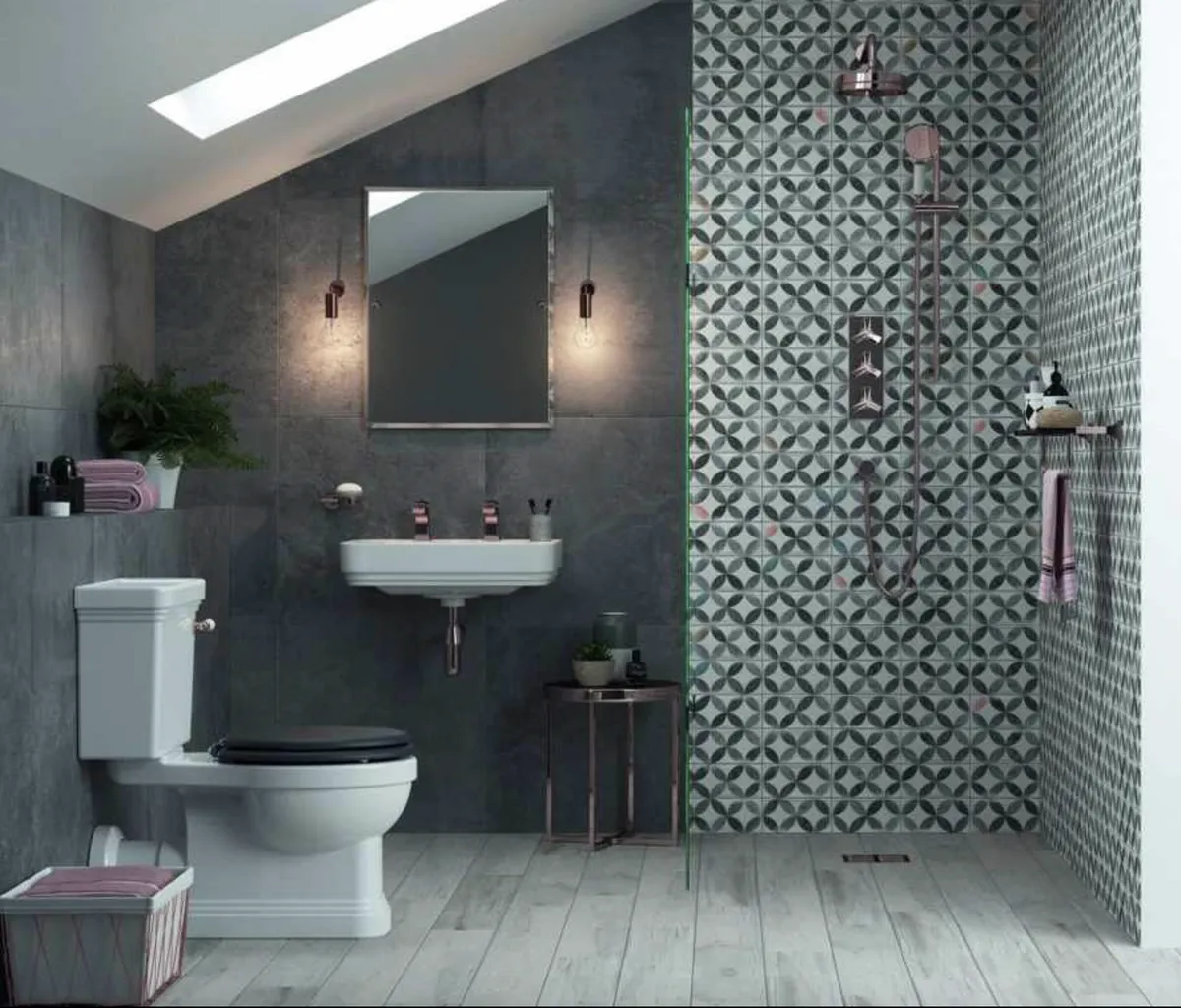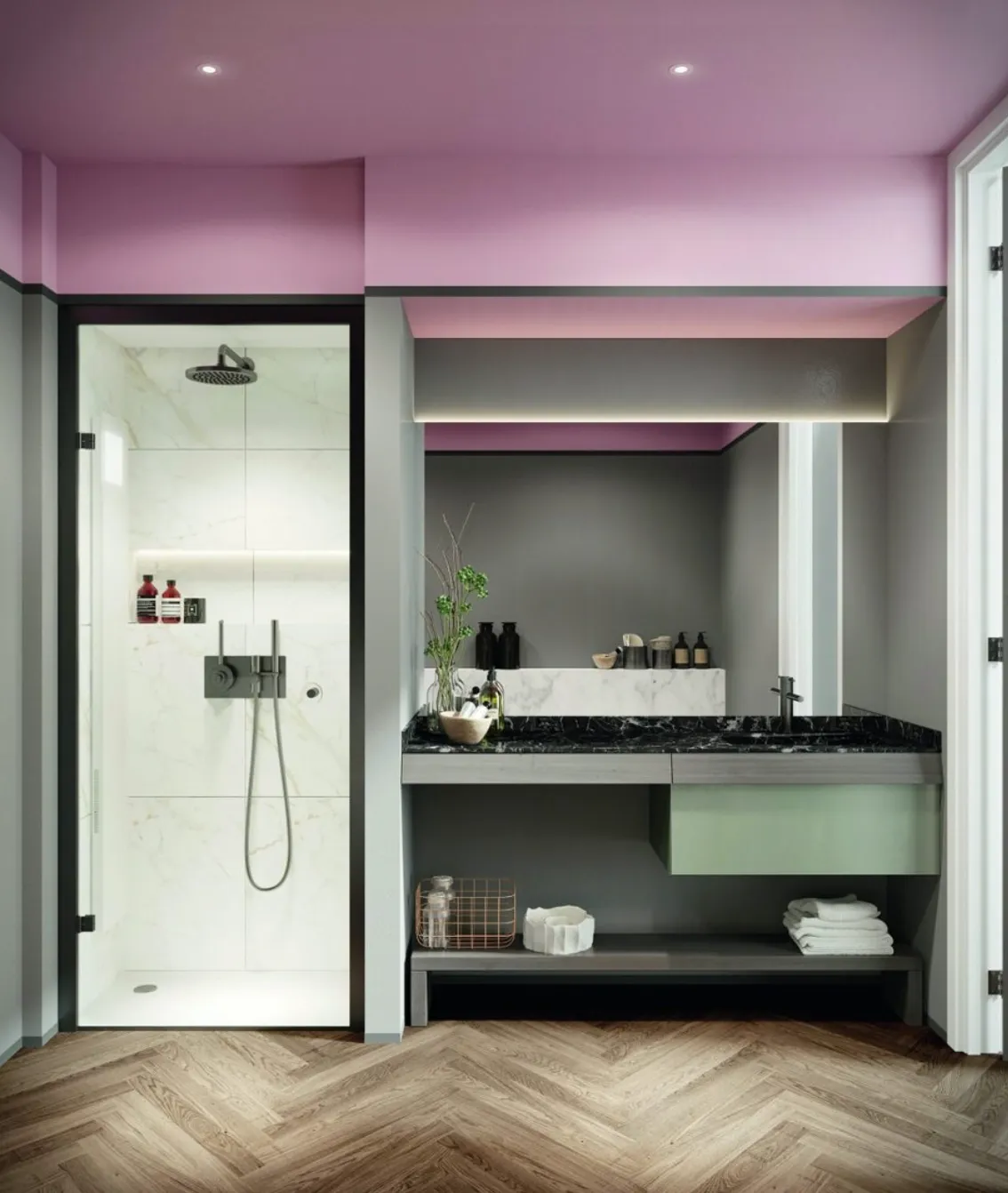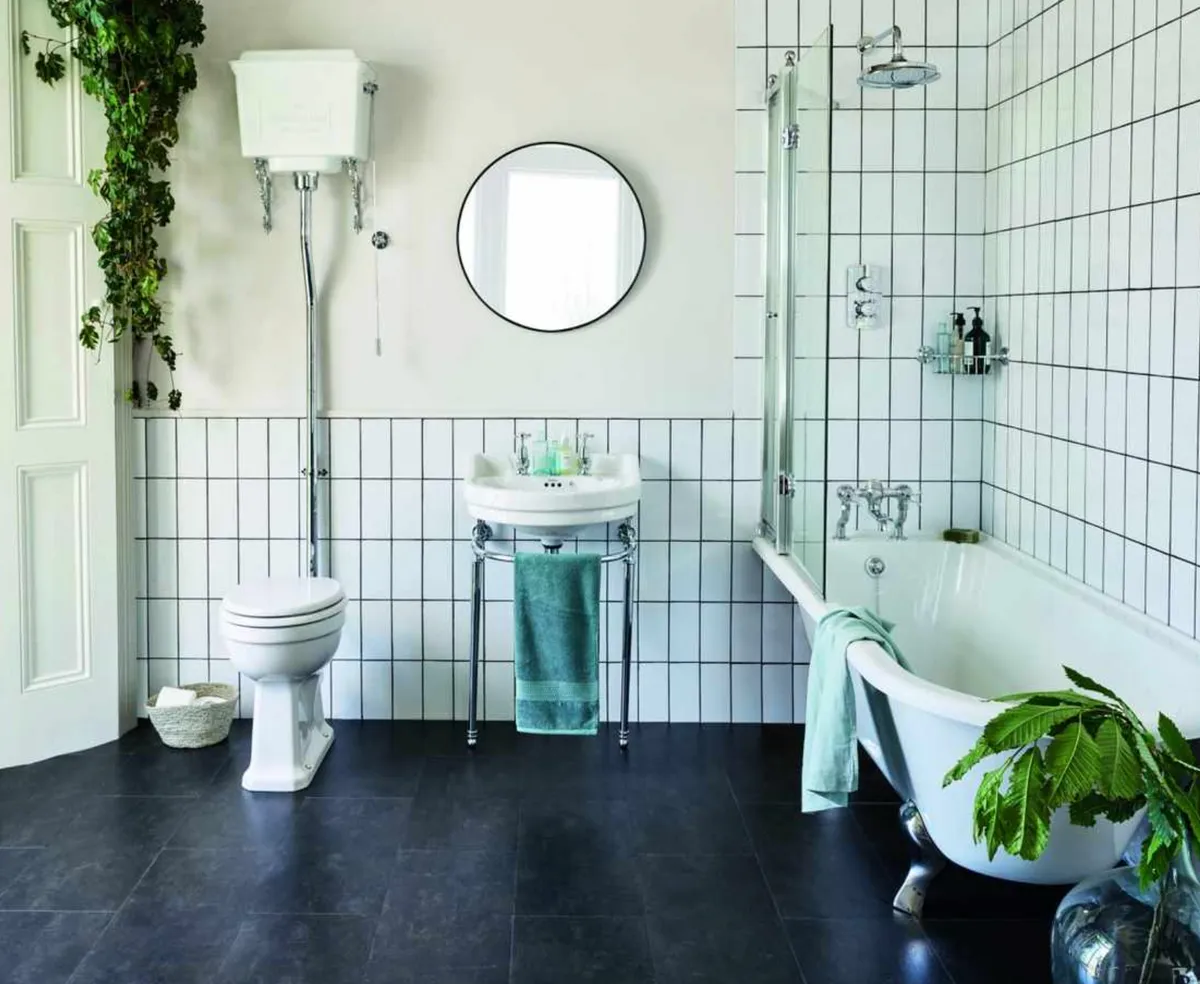Walk-in shower, cubicle, over-bath shower... when it comes to choosing the right configuration for your bathroom, there is a diversity of options to suit varying needs.
We've put together a quick and easy guide to the most popular types of shower system. We explain the pros and cons of each set-up for different households, and talk to experts in the bathroom industry for their advice. Read on to find out what shower type will work best for you:
How to choosing the right shower sytem
Take time to assess the type of shower you need – electric, which takes hot water on demand from the mains cold supply; mixer showers that use hot and cold water supplies, thermostatic to prevent the risk of scalding, eco electric or mixer showers with limited water flow, and digital with remote and even voice control.
Showerhead configuration is also something to consider. There are concealed and exposed designs, fixed, handheld and recessed ceiling mounted, amongst others. By planning each element carefully, you’ll soon have the perfect shower set-up to suit all your needs.
Wet rooms
The benefit of a walk-in shower area is it allows you to future-proof the bathroom, because a low-level or seamless shower tray or flooring is easy to access for all ages and abilities.
Wet rooms tend to be spacious and not as confining as a cubicle, as well as offering an ultra-contemporary look that can be personalised with colourful or patterned tiles and on-trend brassware. Do away with the bath if you hardly use it and install an oversize walk-in wet room instead.
A completely open wet room is a practical choice for a compact en suite, as it doesn’t take up much room. Just make sure it’s professionally tanked or waterproofed.

The drawback is time, upheaval and money, as they will require tanking (waterproofing), which will incur additional costs and disruption. Your installer can advise you on plumbing with regard to the correct gradient for the waste.
‘A true wet room means the shower area is flush with the floor level, and the drain is fitted into the tiled floor,’ explains Yousef Mansuri, head of retail design at C.P. Hart.
‘Originally, this would have been completely open without any glass, but for practicality in an everyday bathroom, a simple fixed glass panel to create a ‘walk-in’ shower area has become the go-to.’
A completely open wet room is a practical choice for a compact en suite, as it doesn’t take up much room. Just make sure it’s professionally tanked or waterproofed.

Shower cubicles
An enclosed area with a tray and glass surround is a more straightforward solution and this is generally installed in addition to a bath.
The drawback is that it will take up more space, so it is best suited to larger family bathrooms – you can get the children bathed and hair washed while you have a quick shower, keeping everyone happy.
Installation is a lot less complex than a wet room, which makes it less expensive and less hassle, and you can still create a walk-in effect by choosing a single sheet of frameless toughened glass and low-level surface solution. This also helps contain the water spray.
For smaller areas, choose a bi-fold, quadrant or curved screen and consider building into alcoves, airing cupboards or unused box rooms adjacent to the bathroom.
‘This presents many advantages, not only in terms of providing a cosy draft-free showering environment, but also steam containment and increased functionality.’

Over-bath showers
A great space-saving solution for smaller bathrooms, installing a shower over the bath suits those who enjoy a long soak as well as those who want a quick hair wash or a blast in a hot shower. A lot of baths are now available with the same footprint as a typical shower enclosure for those who don’t have space for separates.
The downside of an over-bath shower is that busy households may find that everyone wants to use it at the same time, so it’s not ideal if you are all sharing one bathroom.
Consider either a P or L-shaped shower bath complete with curved or straight-lined bath screen, or go for something more eclectic.
‘At Day True, we tend not to select a complete bathroom suite,’ reveals Hayley Robson, creative director. ‘All the items are individual, which for me is what makes bathrooms so exciting.
‘I also think there is a tendency to ensure everything matches, whereas I think it is much more interesting if they don’t all match.’

Words by Hayley Gilbert
